स्वागतम् / Welcome to the Nepal Portal
|
List of Good articles |
|---|
Selected picture -
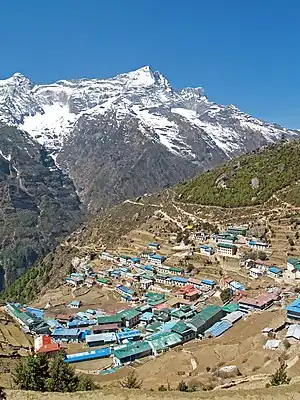
Namche Bazaar is a town in Khumbu Pasanglhamu Rural Municipality in Solukhumbu District of Province No. 1 of north-eastern Nepal. It is located within the Khumbu area at 3,440 metres (11,286 ft) at its low point, populating the sides of a hill. Most Sherpa who are in the tourism business are from the Namche area. Namche is the main trading center and hub for the Khumbu region with many Nepalese officials.
Categories
Selected biography -
Shailaja Acharya (Nepali: शैलजा आचार्य) (1944 – 12 June 2009) was a Nepali revolutionary, politician and diplomat. She served as The Prime Minister of Nepal for three months in 1998 , She also was the first Nepali woman to be elected as the Deputy Prime Minister of Nepal
A member of the influential Koirala family, Acharya entered active politics as a student, and was held political prisoner for three years as a teenager, after she showed a black flag to King Mahendra in protest of coup d'état by the monarchy against the democratically elected government in 1961. Upon release, she went into self-exile in India where she fostered a close friendship with Indian leaders, notably Chandra Sekhar, while she continued to advance the democratic struggle against the Panchayat System. She played an instrumental role in organising the youth movement, collecting and smuggling arms and ammunition for a possible armed conflict and publishing a paper to raise political awareness. She accompanied BP Koirala when the latter returned to Nepal and was immediately arrested upon arrival. She spent a total of five years in jail during the Panchayat regime. (Full article...)Selected fare or cuisine -
List of fare/cuisine articles |
|---|
Did you know -
- The word Himalaya means the home or abode of snow.
- The geological age of the Himalaya is approximately 70 million years.
- Himalayan rivers are older than the Himalayan peaks.
Wiki Loves Nepal
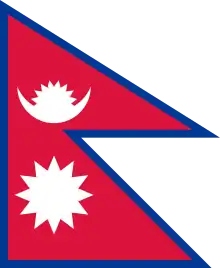 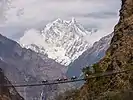 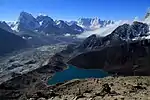  |
Wiki Loves Earth is an international photographic competition to promote natural heritage sites around the World through Wikimedia projects (mainly Wikipedia and Wikimedia Commons).
- 2018 • 2017 • 2016 • 2015 • 2014 • More information • Main category page

Wiki Loves Monuments is an international photographic competition to promote cultural monuments around the World through Wikimedia projects (mainly Wikipedia and Wikimedia Commons.
- 2017 • 2016 • 2015 • 2014 • 2013 • More information • Main category page
Provinces
General images -
The following are images from various Nepal-related articles on Wikipedia.
Topics
Related portals
Indian Subcontinent
Other countries
Recognized content
Associated Wikimedia
The following Wikimedia Foundation sister projects provide more on this subject:
-
 Commons
Commons
Free media repository -
 Wikibooks
Wikibooks
Free textbooks and manuals -
 Wikidata
Wikidata
Free knowledge base -
 Wikinews
Wikinews
Free-content news -
 Wikiquote
Wikiquote
Collection of quotations -
 Wikisource
Wikisource
Free-content library -
 Wikiversity
Wikiversity
Free learning tools -
 Wikivoyage
Wikivoyage
Free travel guide -
 Wiktionary
Wiktionary
Dictionary and thesaurus
-
 List of all portals
List of all portals -

-

-

-

-

-

-

-

-

-
 Random portal
Random portal -
 WikiProject Portals
WikiProject Portals


.svg.png.webp)
.jpg.webp)

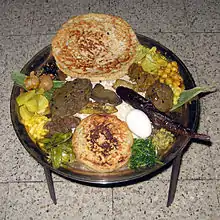
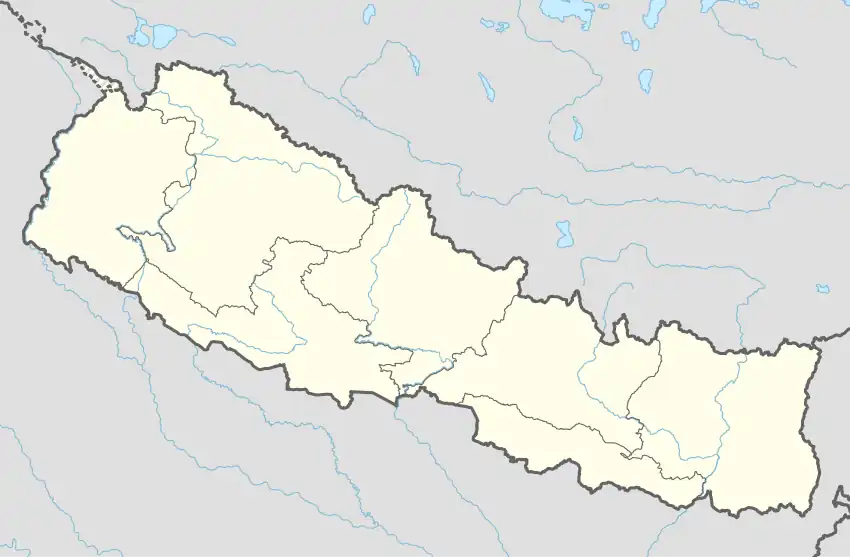


.jpg.webp)





.jpg.webp)

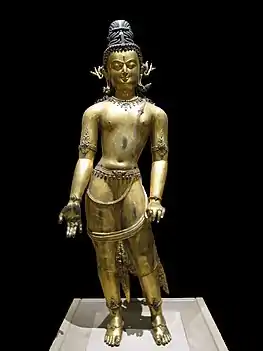


.jpg.webp)
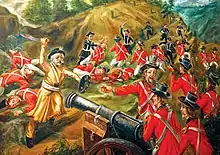


_(restoration).jpg.webp)





_4.jpg.webp)
_(restoration).jpg.webp)


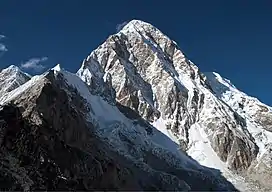
%252C_male%252C_Gokarna.jpg.webp)


.jpg.webp)
.jpg.webp)